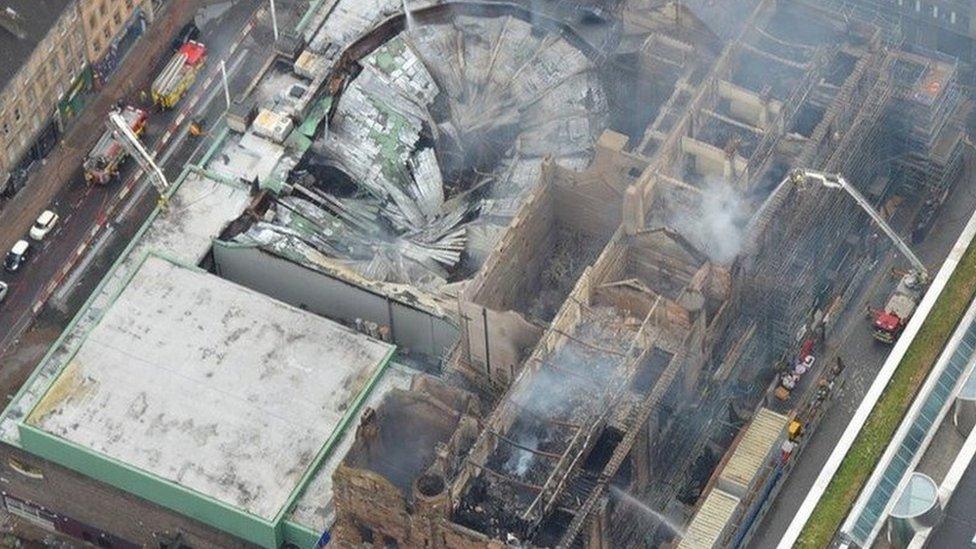Fire expert 'puzzled' over art school mist system
- Published

The building was undergoing restoration works after the previous fire in 2014
An expert said he is "incredibly puzzled" as to why a fire suppression system that survived the first Glasgow School of Art blaze was ripped out.
The iconic building was extensively damaged last June while it was undergoing a £35m restoration programme.
It was commissioned following a previous fire in May 2014.
Holyrood's culture committee has been taking evidence on the circumstances surrounding the second blaze.
On Thursday it heard from independent fire, security and resilience adviser Stephen Mackenzie.
Speaking about the equipment, which relies on cooling mist to extinguish flames, committee member Tavish Scott asked Mr Mackenzie: "The committee wasn't told it was removed after the first fire and we are all puzzled as to why it would have been removed. Why would it have been removed?"
Mr Mackenzie said: "I'm also puzzled as an expert."

The committee heard from independent fire, security and resilience adviser Stephen Mackenzie
The MSP asked whether the system should have been retained until a replacement was developed.
Mr Mackenzie replied: "Categorically I've stated there should have been a temporary or phased installation and that could've been part of that basis.
"I'm incredibly puzzled to now hear that this has occurred."
The art school said it was advised the system was unusable following the blaze.
The committee also heard ventilation ducts which allowed the fire to take hold in 2014 were still in place at the time of last year's blaze as they had been due to be rectified at the end of the restoration project.

Conservation architect Dawson Stelfox gave an insight into fire safety assessments during the construction period
Dawson Stelfox, a conservation architect at Consarc Design Group, gave an insight into fire safety assessments during the construction period and suggested the system should be reformed.
He explained: "At the moment the statutory position on that is that a fire risk assessment has to be done, but the focus of that is on life safety, is on getting people out of the building in time, and it's not on asset safety, it's not on protecting the building.
"I would suggest to you that it is worth the committee looking at changes to requirements and fire safety assessments during the construction period to also take into account fire asset safety and fire spread.
"Fire-stopping during construction is not an easy thing because it might continually be disruptive and have to be put back into place, but I would suggest to you that there hasn't been enough focus on achieving compartmentation fire-stopping during the construction process."
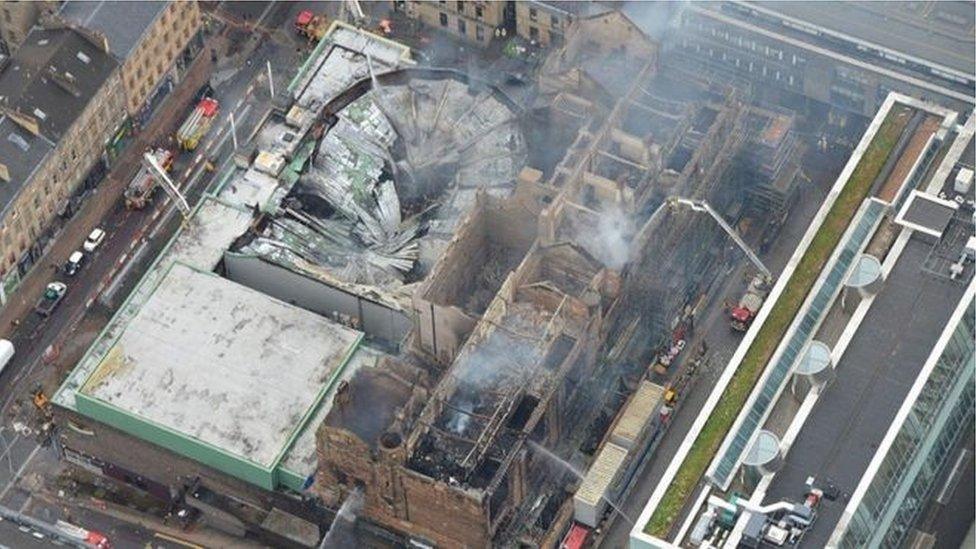
The Mackintosh building was devastated by a fire in June, just months before it was due to reopen
MSPs were also told by Historic Environment Scotland representatives that they could not offer any financial support for a new build of the Mackintosh building as grants are for the repair and conservation of existing historic fabric.
Referring to the mist suppression system, a Glasgow School of Art spokesman said: "As a result of the 2014 fire, considerable elements of the system were destroyed or damaged. The GSA sought expert advice which indicated that this system was unusable.
"As you would expect, the GSA wanted to take advantage of improvements in the technology and install the best system for the building.
"The installation time for the replacement system in the post-2014 restoration would have been broadly similar irrespective of the type of system commissioned."
Committee convener Joan McAlpine said members would now consider all the evidence they have heard and publish their findings and conclusions in due course.
- Published15 November 2018

- Published13 November 2018

- Published4 October 2018
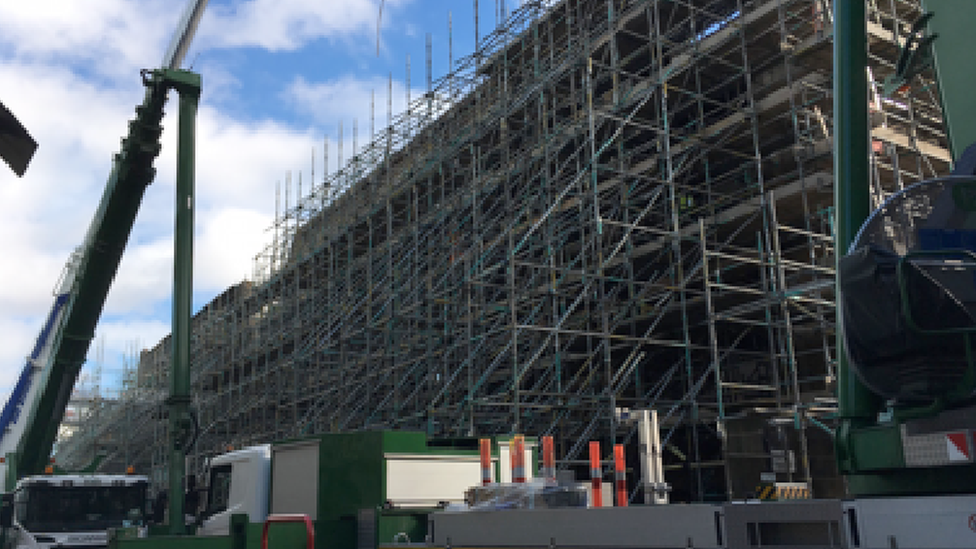
- Published20 September 2018

- Published25 August 2018

- Published21 August 2018

- Published22 July 2018

- Published28 June 2018
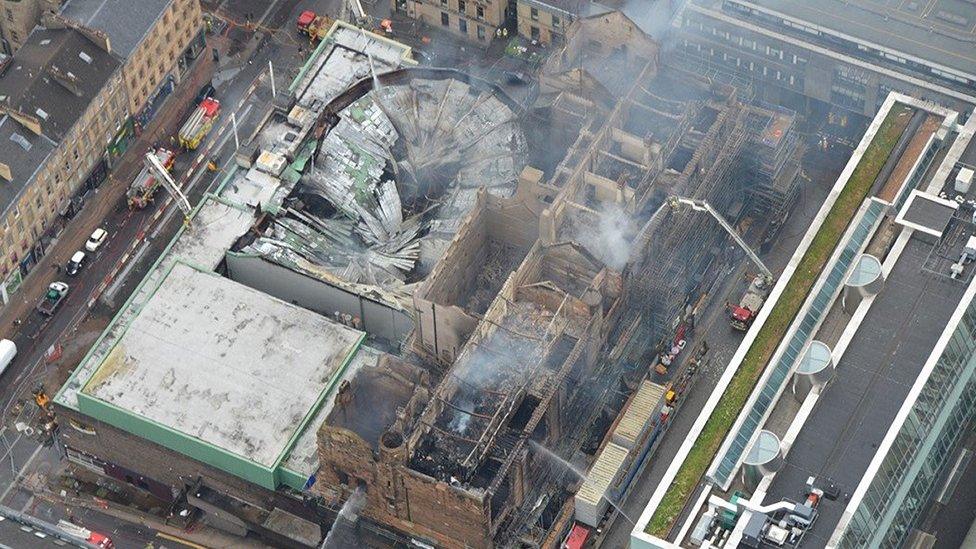
- Published24 June 2018

- Published19 June 2018
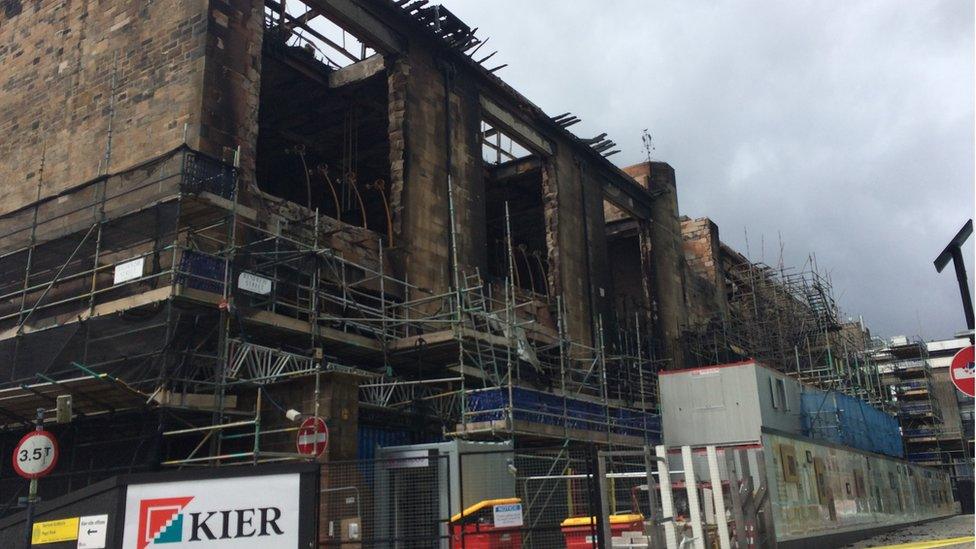
- Published16 June 2018
